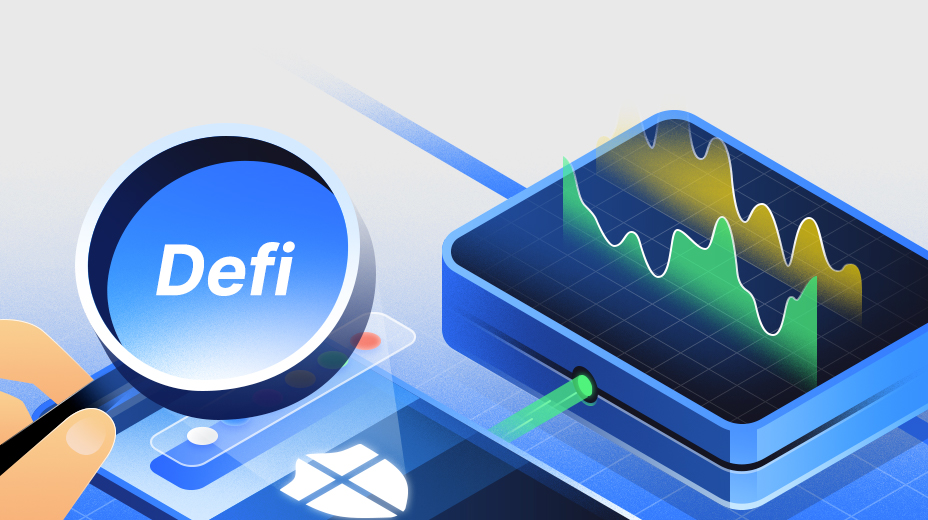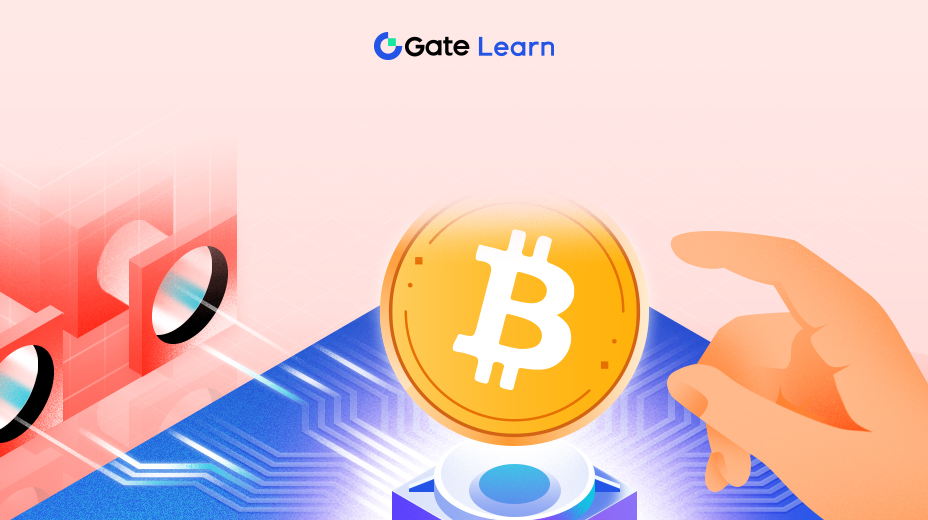Golem (GLM)
Modul 8 didedikasikan untuk Golem dan kekuatan komputasi terdesentralisasi. Kami akan menjelajahi infrastruktur Golem, berbagai kasus penggunaan untuk sumber daya komputasinya, serta tokenomika dan partisipasi pengguna dalam jaringan Golem. Modul ini memberikan wawasan mendalam tentang bagaimana Golem menciptakan pasar global untuk kekuatan komputasi.

Memahami Infrastruktur Golem
Golem adalah platform komputasi terdesentralisasi yang memungkinkan pengguna untuk membeli atau menjual sumber daya komputasi dalam jaringan peer-to-peer. Ide dasar di balik Golem adalah untuk menciptakan pasar open-source global untuk daya komputasi, di mana siapa pun dapat berpartisipasi tanpa kontrol terpusat. Konsep ini sering disebut sebagai "Airbnb untuk komputer," di mana kapasitas komputasi cadangan dapat disewakan.
Infrastruktur Golem dibangun di atas teknologi blockchain, khususnya Ethereum, yang memfasilitasi transaksi yang aman dan transparan dalam jaringan. Platform ini menggunakan kontrak pintar untuk mengotomatisasi proses pembelian dan penjualan sumber daya komputasi, memastikan kepercayaan dan keandalan dalam transaksi. Pendekatan terdesentralisasi ini menghilangkan kebutuhan akan perantara, mengurangi biaya dan meningkatkan efisiensi.
Jaringan Golem terdiri dari berbagai peserta, termasuk pemesan, penyedia, dan pengembang perangkat lunak. Pemesan adalah pengguna yang membutuhkan sumber daya komputasi tambahan, penyedia adalah mereka yang menawarkan kapasitas berlebih mereka, dan pengembang membuat aplikasi yang berjalan di jaringan Golem. Ekosistem ini memungkinkan pertukaran sumber daya yang dinamis dan fleksibel, mengakomodasi berbagai kebutuhan komputasi.
Platform ini dirancang agar dapat diskalakan dan fleksibel, mendukung berbagai jenis tugas komputasi. Mulai dari tugas berbasis CPU yang sederhana hingga pemrosesan data kompleks yang memerlukan daya GPU yang signifikan, Golem bertujuan untuk memberikan solusi komprehensif untuk komputasi terdesentralisasi. Arsitekturnya modular, memungkinkan pengembangan berkelanjutan dan integrasi fungsionalitas dan aplikasi baru.
Keamanan dan privasi adalah komponen kunci dari infrastruktur Golem. Jaringan ini menggunakan beberapa mekanisme untuk memastikan integritas dan kerahasiaan data dan komputasi. Ini termasuk sandboxing (mengisolasi tugas dalam lingkungan yang aman) dan enkripsi, yang melindungi data para pemesan dan sistem penyedia, menjaga lingkungan yang aman dan dapat dipercaya bagi semua peserta.
Kasus Penggunaan untuk Sumber Daya Komputasi Golem
Kekuatan komputasi terdesentralisasi Golem memiliki beragam kasus penggunaan potensial, menjadikannya platform serbaguna untuk berbagai industri dan aplikasi. Salah satu kasus penggunaan utamanya adalah dalam rendering CGI. Para seniman dan studio kecil dapat memanfaatkan jaringan Golem untuk mengakses layanan rendering yang terjangkau dan cepat, yang secara signifikan mengurangi waktu dan biaya yang terkait dengan peternakan rendering tradisional.
Penelitian ilmiah adalah area lain di mana sumber daya komputasi Golem dapat sangat bermanfaat. Para peneliti di bidang seperti astronomi, fisika, dan biologi seringkali memerlukan kekuatan komputasi yang substansial untuk analisis data dan simulasi. Golem menyediakan platform yang dapat diakses untuk perhitungan ini, memungkinkan para peneliti menyelesaikan proyek-proyek mereka dengan lebih efisien dan hemat biaya.
Aplikasi pembelajaran mesin dan kecerdasan buatan (AI) dapat mendapatkan manfaat signifikan dari infrastruktur Golem. Pelatihan model AI dan pengolahan dataset besar memerlukan sumber daya komputasi yang cukup besar, yang dapat sangat mahal atau tidak dapat diakses bagi organisasi kecil dan peneliti independen. Golem mendemokrasikan akses ke kekuatan komputasi yang diperlukan untuk tugas-tugas ini.
Penambangan cryptocurrency adalah penggunaan potensial lain untuk Golem. Meskipun bukan fokus utamanya, platform ini dapat digunakan untuk operasi penambangan, terutama untuk cryptocurrency yang tidak memerlukan perangkat keras khusus penambangan. Hal ini memberikan jalan tambahan bagi pengguna untuk memonetisasi sumber daya komputasi yang tidak digunakan.
Golem juga dapat mendukung transkoding video dan layanan streaming. Kemampuan platform untuk menangani tugas berskala besar yang dapat diparelkan membuatnya cocok untuk mengonversi video ke berbagai format dan menyalurkannya, menawarkan alternatif terdesentralisasi untuk layanan transkoding berbasis cloud konvensional.
Tokenomik GLM dan Partisipasi Pengguna
GLM, sebelumnya dikenal sebagai GNT (Golem Network Tokens), adalah kriptokurensi asli dari jaringan Golem. Ini berfungsi sebagai media pertukaran dalam platform, digunakan untuk membayar sumber daya komputasi. Tokenomika GLM dirancang untuk memfasilitasi pasar kekuatan komputasi yang lancar dan efisien.
Pasokan GLM adalah tetap, yang berarti ada batasan pada jumlah total token yang akan beredar. Model pasokan tetap ini membantu dalam mempertahankan nilai token dari waktu ke waktu, mencegah inflasi, dan memastikan bahwa token tetap menjadi media pertukaran yang stabil dalam ekosistem Golem.
Pengguna berpartisipasi dalam jaringan Golem baik sebagai penyedia atau pemesan. Penyedia menghasilkan token GLM dengan menawarkan sumber daya komputasi mereka ke jaringan, sementara pemesan mengeluarkan GLM untuk mengakses sumber daya ini. Sistem ini menciptakan ekonomi yang seimbang dan mandiri, di mana pasokan dan permintaan daya komputasi menentukan nilai dari layanan-layanan tersebut.
Tokenomik Golem juga mencakup mekanisme untuk memberi penghargaan kepada pengembang perangkat lunak. Pengembang yang membuat aplikasi yang berguna dan populer di jaringan Golem dapat menerima token GLM sebagai bentuk insentif. Ini mendorong pengembangan dan inovasi berkelanjutan dalam ekosistem Golem, memastikan bahwa platform terus berkembang dan memenuhi kebutuhan penggunanya.
Partisipasi pengguna dalam jaringan Golem tidak terbatas pada pembelian dan penjualan sumber daya komputasi. Pemegang token GLM juga dapat berpartisipasi dalam keputusan tata kelola, memengaruhi pengembangan masa depan platform. Pendekatan partisipatif ini membina rasa komunitas dan memastikan bahwa platform tetap sejalan dengan kepentingan dan kebutuhan penggunanya.
Sorotan
- Golem adalah platform komputasi terdesentralisasi yang memungkinkan pembelian dan penjualan sumber daya komputasi secara peer-to-peer, menggunakan blockchain Ethereum untuk transaksi yang aman dan transparan.
- Jaringan terdiri dari para peminta yang membutuhkan kekuatan komputasi, penyedia yang menawarkan kapasitas berlebih, dan pengembang yang menciptakan aplikasi, mendukung berbagai tugas komputasi mulai dari berbasis CPU hingga proses yang intensif GPU.
- Kasus penggunaan Golem termasuk rendering CGI untuk seniman dan studio, penelitian ilmiah yang membutuhkan daya komputasi substansial, aplikasi pembelajaran mesin dan kecerdasan buatan, penambangan kriptocurrency, dan layanan transkoding dan streaming video.
- GLM, kripto asli Golem, memfasilitasi transaksi dalam platform, dengan pasokan tetap untuk menjaga nilai dan mencegah inflasi, menyeimbangkan ekonomi antara penyedia dan pihak yang meminta.
- Ekosistem Golem mendorong pengembangan perangkat lunak dan partisipasi pengguna dalam tata kelola, memupuk keterlibatan komunitas dan memastikan evolusi yang berkelanjutan untuk memenuhi kebutuhan pengguna.





